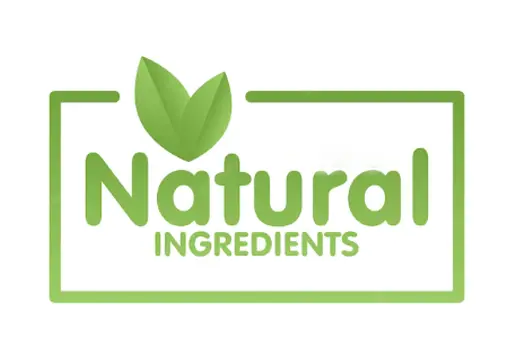Support for Injury Recovery
DPA Background and Benefits
Docosapentaenoic acid (DPA) is an omega-3 fatty acid chemically known as all-cis-4,7,10,13,16-docosapentaenoic acid. There is also an omega-6 isomer, but it is rarely found in mammals except in the testes. The structure of DPA is similar to that of eicosapentaenoic acid (EPA), except that DPA has two additional carbon units in its chain.
The most common dietary source of DPA is bearded seal oil, which contains 5.6 grams of DPA per 100-gram serving, and some researchers believe this may contribute to the overall good cardiovascular health of Greenlandic intuites. Fatty fish such as menhaden and salmon are also high in DPA. Raw salmon oil contains 393 mg of DPA per serving of 100-gm. Atlantic mackerel and Florida pompano (which contains even more DPA than EPA) provide over 200 mg of DPA per 100-gram serving. Small-finned tuna is also a good source of DPA.
Studies show that EPA and DPA are converted into each other in the liver, so DPA serves as an antecedent for EPA. However, neither fatty acid appears to be converted to docosahexaenoic acid (DHA), which is another nutritionally important omega-3 fatty acid. DPA is also found in many other tissues, particularly the heart, kidneys, and skeletal muscle. DPA performs numerous functions in the human body, primarily related to blood health and cell proliferation.
Uses of DPA
DPA supports healthy blood clotting. It also supports healthy inflammation management and blood vessel function.Signs that you need DPA
The main signs that you need DPA are conditions that limit your dietary intake of DPA. These include strict vegetarians and infants who are bottle-fed. You may also benefit from DPA if your diet does not include fish. Physical signs of DPA deficiency include a high clotting rate and poor healing.





